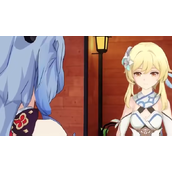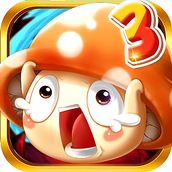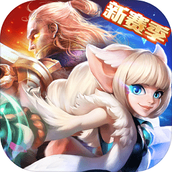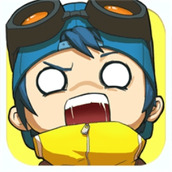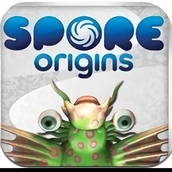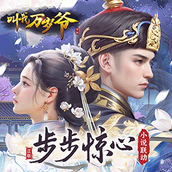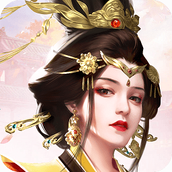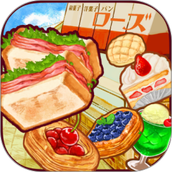|
package com.cnblogs.htynkn.game;
import com.badlogic.gdx.ApplicationListener;
import com.badlogic.gdx.Gdx;
import com.badlogic.gdx.InputMultiplexer;
import com.badlogic.gdx.InputProcessor;
import com.badlogic.gdx.files.FileHandle;
import com.badlogic.gdx.graphics.Color;
import com.badlogic.gdx.graphics.GL10;
import com.badlogic.gdx.graphics.OrthographicCamera;
import com.badlogic.gdx.graphics.Texture;
import com.badlogic.gdx.graphics.g2d.BitmapFont;
import com.badlogic.gdx.graphics.g2d.TextureRegion;
import com.badlogic.gdx.graphics.g2d.tiled.TileAtlas;
import com.badlogic.gdx.graphics.g2d.tiled.TileMapRenderer;
import com.badlogic.gdx.graphics.g2d.tiled.TiledLoader;
import com.badlogic.gdx.graphics.g2d.tiled.TiledMap;
import com.badlogic.gdx.graphics.g2d.tiled.TiledObject;
import com.badlogic.gdx.graphics.g2d.tiled.TiledObjectGroup;
import com.badlogic.gdx.math.Vector2;
import com.badlogic.gdx.math.Vector3;
import com.badlogic.gdx.scenes.scene2d.Actor;
import com.badlogic.gdx.scenes.scene2d.Stage;
import com.badlogic.gdx.scenes.scene2d.ui.Image;
import com.badlogic.gdx.scenes.scene2d.ui.Label;
import com.badlogic.gdx.scenes.scene2d.ui.Label.LabelStyle;
public class firstGame implements ApplicationListener, InputProcessor {
Stage stage;
float width;
float height;
private TiledMap map;
private TileAtlas atlas;
private TileMapRenderer tileMapRenderer;
Image player;
Vector3 camDirection = new Vector3(1, 1, 0);
Vector2 maxCamPosition = new Vector2(0, 0);
Vector3 moveVector = new Vector3(0, 0, 0);
boolean isPress;
// Image image;
@Override
public void create() {
final String path = "map/";
final String mapname = "tilemap";
FileHandle mapHandle = Gdx.files.internal(path + mapname + ".tmx");
map = TiledLoader.createMap(mapHandle);
atlas = new TileAtlas(map, Gdx.files.internal("map/"));
tileMapRenderer = new TileMapRenderer(map, atlas, 10, 10);
maxCamPosition.set(tileMapRenderer.getMapWidthUnits(), tileMapRenderer
.getMapHeightUnits());
width = Gdx.graphics.getWidth();
height = Gdx.graphics.getHeight();
stage = new Stage(width, height, true);
Label label = new Label("FPS:", new LabelStyle(new BitmapFont(Gdx.files
.internal("font/blue.fnt"),
Gdx.files.internal("font/blue.png"), false), Color.WHITE),
"fpsLabel");
label.y = height - label.getPrefHeight();
label.x = 0;
stage.addActor(label);
for (TiledObjectGroup group : map.objectGroups) {
for (TiledObject object : group.objects) {
if ("play1".equals(object.name)) {
player = new Image(new TextureRegion(new Texture(Gdx.files
.internal("map/player.png")), 0, 0, 27, 40));
player.x = object.x;
player.y = tileMapRenderer.getMapHeightUnits() - object.y; // map是左上角,Stage是左下角
stage.addActor(player);
}
}
}
InputMultiplexer inputMultiplexer = new InputMultiplexer();
inputMultiplexer.addProcessor(this);
inputMultiplexer.addProcessor(stage);
Gdx.input.setInputProcessor(inputMultiplexer);
}
@Override
public void dispose() {
// TODO Auto-generated method stub
}
@Override
public void pause() {
// TODO Auto-generated method stub
}
@Override
public void render() {
Gdx.gl.glClear(GL10.GL_COLOR_BUFFER_BIT);
OrthographicCamera c = (OrthographicCamera) stage.getCamera();
if (isPress) {
CameraMove(moveVector);
}
((Label) stage.findActor("fpsLabel")).setText("FPS: "
+ Gdx.graphics.getFramesPerSecond());
stage.act(Gdx.graphics.getDeltaTime());
tileMapRenderer.render(c);
stage.draw();
}
private void CameraMove(Vector3 vector3) {
stage.getCamera().position.add(vector3);
for (Actor actor : stage.getActors()) {
actor.x += vector3.x;
actor.y += vector3.y;
}
}
@Override
public void resize(int width, int height) {
// TODO Auto-generated method stub
}
@Override
public void resume() {
// TODO Auto-generated method stub
}
@Override
public boolean keyDown(int keycode) {
// TODO Auto-generated method stub
return false;
}
@Override
public boolean keyTyped(char character) {
// TODO Auto-generated method stub
return false;
}
@Override
public boolean keyUp(int keycode) {
// TODO Auto-generated method stub
return false;
}
@Override
public boolean scrolled(int amount) {
// TODO Auto-generated method stub
return false;
}
private void ChangeDirect(int typeId) {
switch (typeId) {
case 1:
moveVector.set(0, 1, 0);
Gdx.app.log("方向变动", "向上");
break;
case 2:
moveVector.set(0, -1, 0);
Gdx.app.log("方向变动", "向下");
break;
case 3:
moveVector.set(-1, 0, 0);
Gdx.app.log("方向变动", "向左");
break;
case 4:
moveVector.set(1, 0, 0);
Gdx.app.log("方向变动", "向右");
break;
}
}
@Override
public boolean touchDown(int x, int y, int pointer, int button) {
Vector3 tmp = new Vector3(x, y, 0);
stage.getCamera().unproject(tmp);
float newx = tmp.x - player.x;
float newy = tmp.y - player.y;
if (newx > 0 && newy > 0) {
if (newx > newy) {
ChangeDirect(4);
} else {
ChangeDirect(1);
}
} else if (newx > 0 && newy < 0) {
if (newx > -newy) {
ChangeDirect(4);
} else {
ChangeDirect(2);
}
} else if (newx < 0 && newy > 0) {
if (-newx > newy) {
ChangeDirect(3);
} else {
ChangeDirect(1);
}
} else {
if (-newx > -newy) {
ChangeDirect(3);
} else {
ChangeDirect(2);
}
}
isPress = true;
return false;
}
@Override
public boolean touchDragged(int x, int y, int pointer) {
// TODO Auto-generated method stub
return false;
}
@Override
public boolean touchMoved(int x, int y) {
// TODO Auto-generated method stub
return false;
}
@Override
public boolean touchUp(int x, int y, int pointer, int button) {
isPress = false;
Gdx.app.log("Info", "touchUp: x:" + x + " y: " + y + " pointer: "
+ pointer + " button: " + button);
return false;
}
}
|
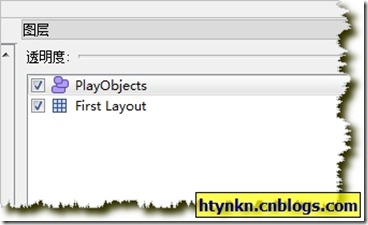
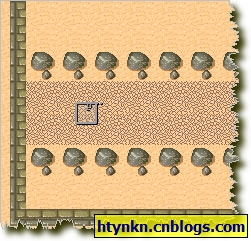
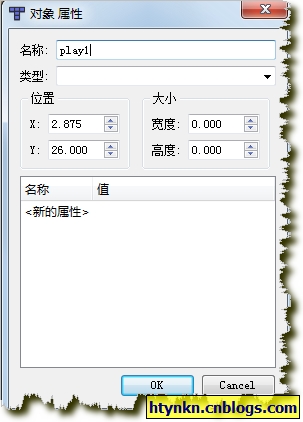

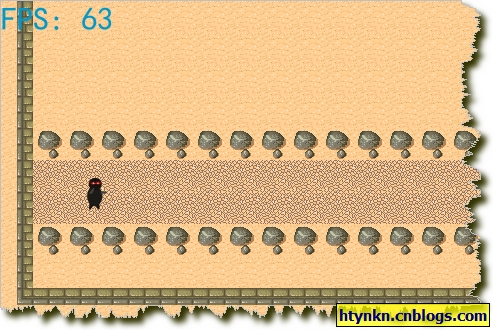
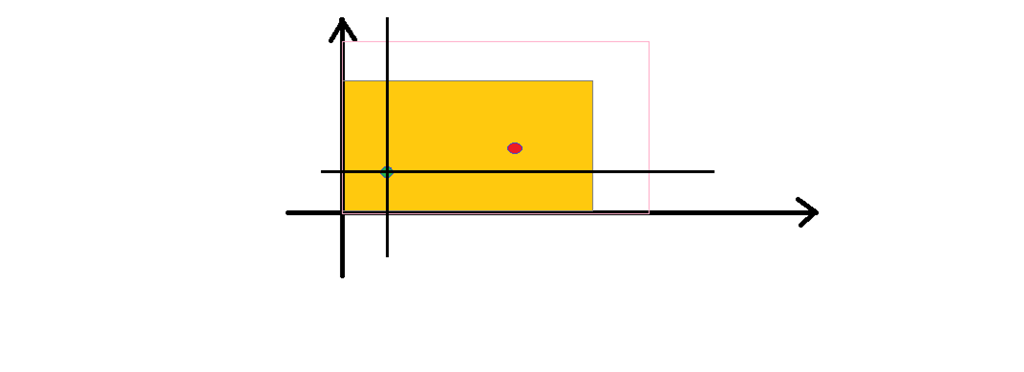
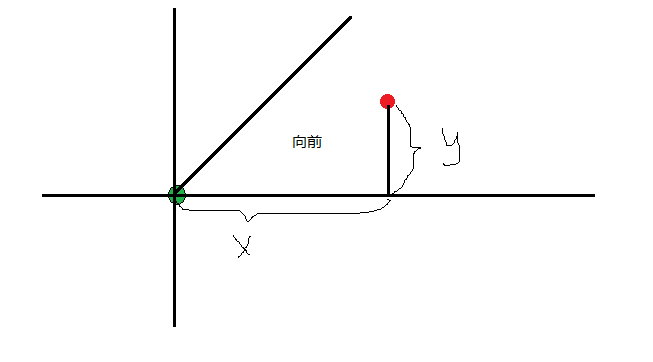
 下载
下载 下载
下载 下载
下载 下载
下载 下载
下载



